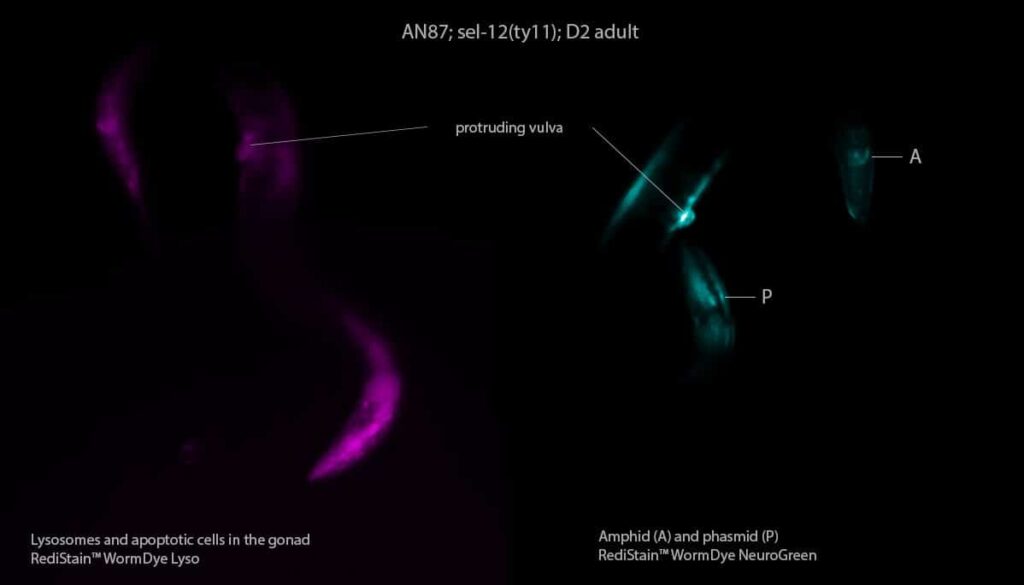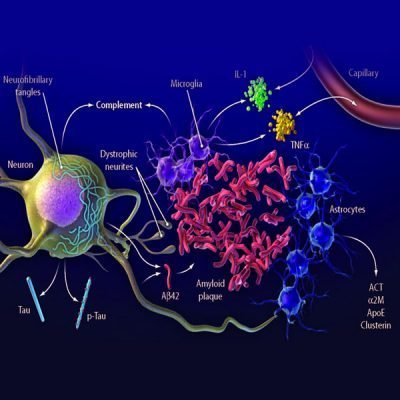Alzheimer’s Disease Models
Home › CRISPR Model Creation › Neurodegenerative Diseases Models › Alzheimer’s Disease Models
More Disease Modeling Services
Alzheimer's disease-relevant strains that are sequence validated

Alzheimer’s disease (AD), a severe neurodegenerative disorder, significantly impacts memory, cognition, and behavior. As research strives to decipher AD’s genetic roots and potential treatments, numerous AD-related strains have been sequenced and validated. These sequences, pinpointing common AD mutations, guide research and treatment development.
However, selecting optimal mutants for study poses challenges due to the vast array of strains, alleles, and mutation causes—including environmental influences—that produce varying disease characteristics. The researchers also struggle to ensure that the sourced strains retain their intended mutations while avoiding genetic drift. At InVivo Biosystem, we offer a range of AD models to help researchers better understand the underlying causes of AD and develop new treatments.
Other Disease Modeling
- Epilepsy Model
- Parkinsons Model'
- Humanized Model
- Neuro Disease Model'
Model Options
Our goal is to create a curated, reliable library of strains that are relevant to Alzheimer’s disease. We have carefully selected:
- Strains and genes that are associated with Alzheimer’s disease
- Genetic tests to validate the strains including PCR and sequencing
These sequence validated strains enable researchers to:
- Screen for drugs with activity against Alzheimer’s disease
- Rapidly identify impactful drugs
- Test drug compounds on a whole organism
STRAIN
HUMAN GENE
WORM GENE HOMOLOGUE
TYPE OF TRANSGENIC
PROTEIN ACTIVITY
WORM PHENOTYPE
- ALZ PSEN1 Knock-out1
- PSEN1 - 70% of all early onset Alzheimer’s
- sel-12
- Loss of Function. Improper processing of APP protein
- Plaque formation
- Egg laying defect
- ALZ MAPT Knockout
- MAPT
- ptl-1
- Lof - entire coding sequence is removed
- tau tangles
- Synaptic vesicle trafficking defects
- ALZ Humanized Aβ2
- Aβ (cleavage product of APP)
- N/A
- Gain on Function. Human disease gene expressed in worm
- Plaque formation
- Paralysis
- ALZ Humanized MAPT3
- MAPT
- ptl-1
- Gain of Function Addition of humanized disease gene
- tau tangles
- Uncoordinated
Key Advantages of the Alzheimer’s Disease Models
- Ready-to-screen format (Fig. 1) enables quicker identification of drug impacts
- Genetic mutations are validated with sequencing
- Recommended reference strains selected for their relevance to Alzheimer’s disease
- Consistent number of animals received

Fig 1. Day-2 ALZ PSEN1 Knock-out live C. elegans on NGM plate.
This worm was dyed with both RediStain™ WormDyes Lyso (magenta) and Neuro Green (cyan) to stain sensory neurons and apoptotic corpses in the gonad respectively.
The sel-12(ty11) mutation produces defects in vulva and neuronal development leading to a dysfunctional uterine-vulval connection and ultimately the inability to lay eggs. The worm is positioned head-down on the left and head-up on the right.
Video: Day-1 adult ALZ Humanized MAPT C. elegans in 5HT 10mM.
This worm immobilized into a ScreenChip Channel expresses GFP in the pharyngeal muscles under the control of the myo-2 promoter.
Publications (ZebrafiSh Model)
Publications (C. elegans Model)
Publications (C. elegans Model)
References
Ready to get started?
Ready to connect with us to learn more about working with our company or our technology?
Submit your inquiry below & we will get back to you soon.



